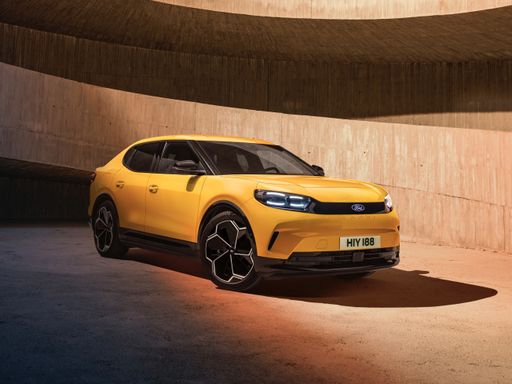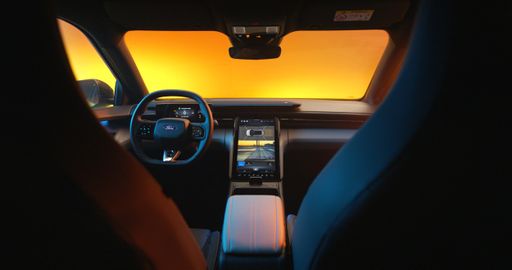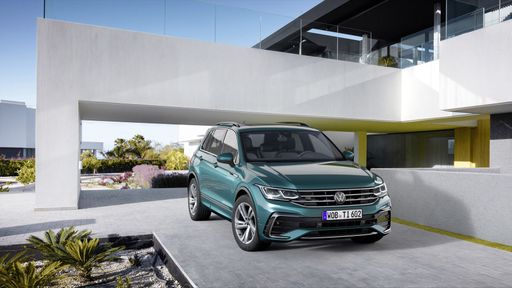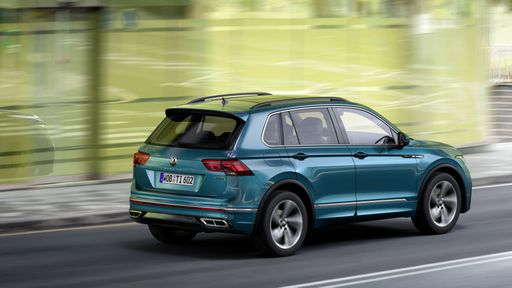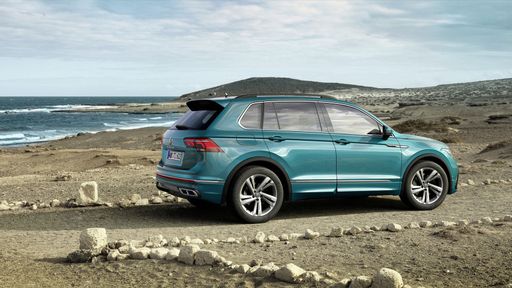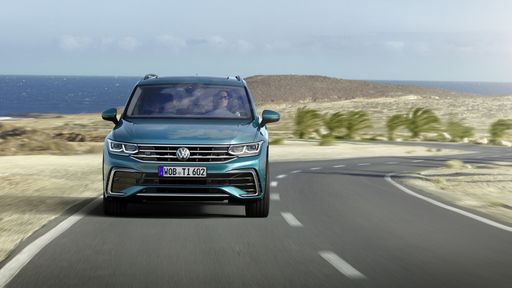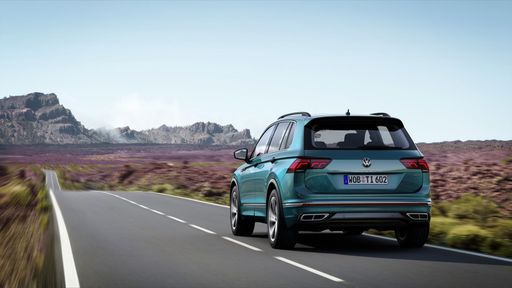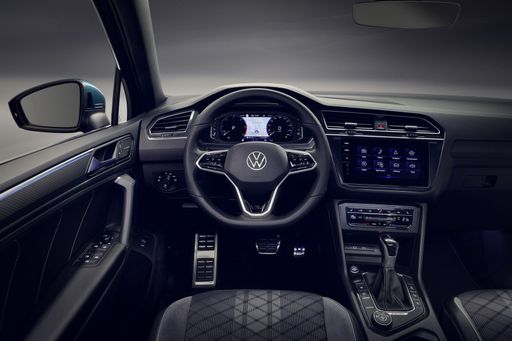Power and Performance
The Ford Capri emerges as a beacon of electric efficiency, offering multiple power variants with outputs of 286 HP, 340 HP, and 170 HP. Operating with a reduction gearbox, drivers can experience seamless automatic transmission that channels power to either rear-wheel or all-wheel drive systems. Impressively, the Capri's electric engines yield torque figures between 310 Nm and 679 Nm, facilitating brisk acceleration from 0-100 km/h in as little as 5.3 seconds.
The Volkswagen Tiguan, in contrast, is available with a broad array of engines, including petrol, diesel, mild hybrid electric vehicle (MHEV), and plug-in hybrid (PHEV) variants, ranging from 130 HP to a formidable 272 HP. The dual-clutch automatic transmission ensures efficient power delivery, with options for both front-wheel and all-wheel drive. Tiguan's torque spans from 220 Nm to 400 Nm, offering versatile performance with 0-100 km/h acceleration in a competitive 5.9 seconds.

